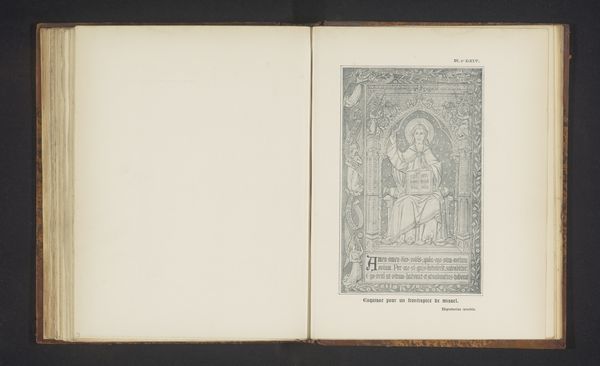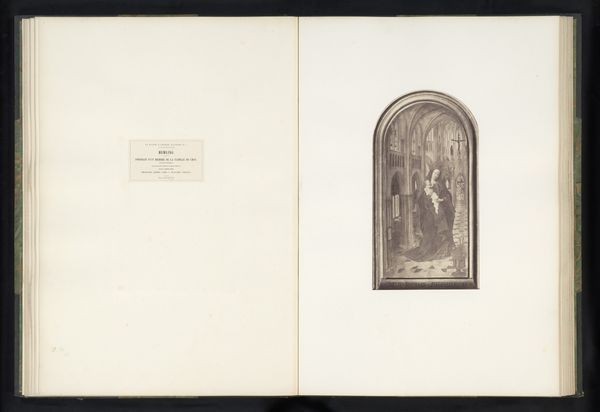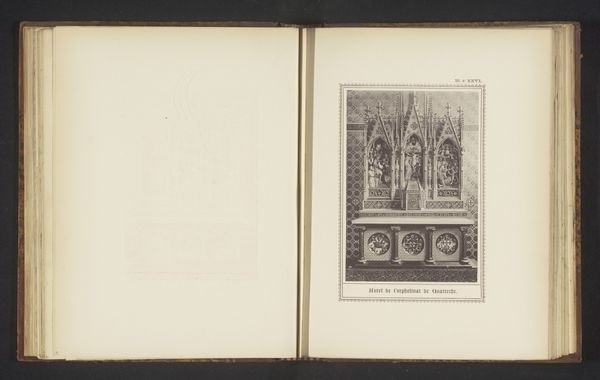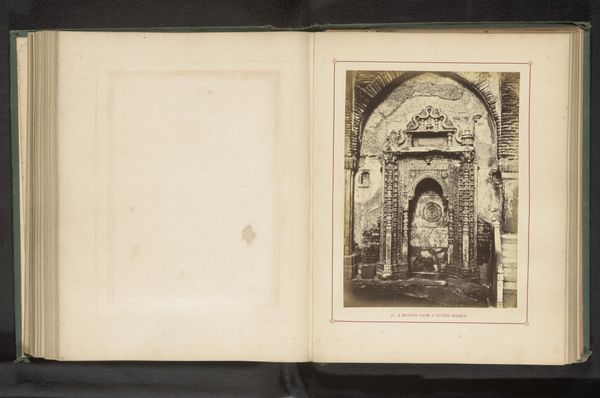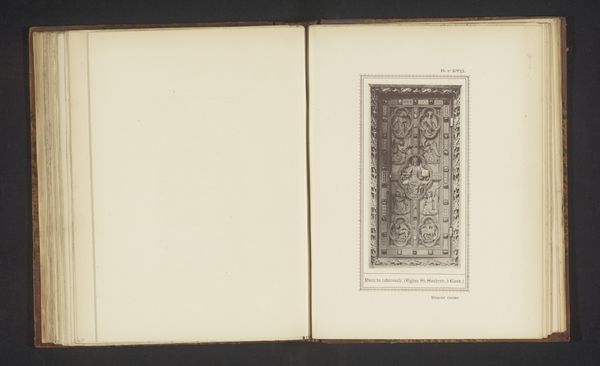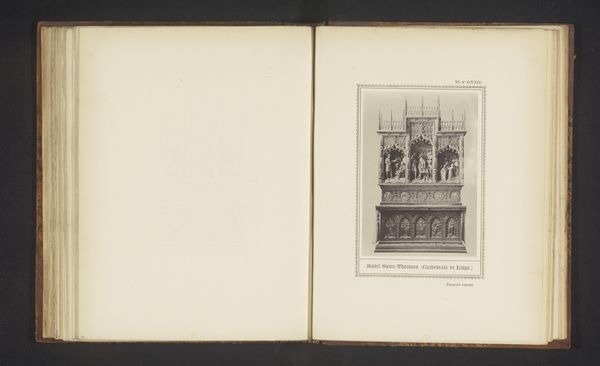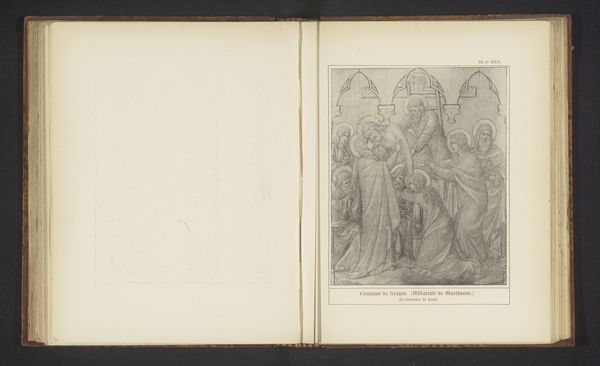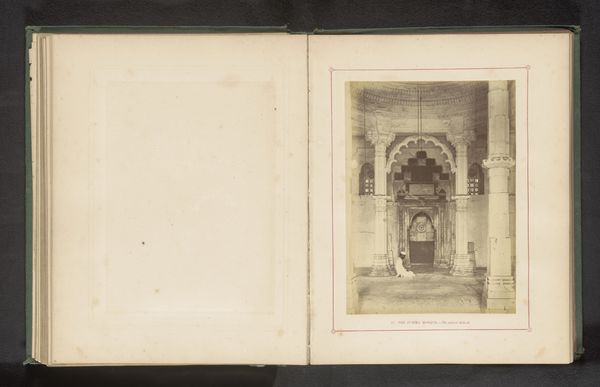
drawing, print, paper, pen
#
drawing
#
aged paper
#
homemade paper
# print
#
sketch book
#
hand drawn type
#
paper
#
personal sketchbook
#
hand-drawn typeface
#
thick font
#
pen work
#
sketchbook drawing
#
pen
#
sketchbook art
Dimensions: height 169 mm, width 108 mm
Copyright: Rijks Museum: Open Domain
Editor: Here we have Joseph Casier’s reproduction of a sketch of Saint Vincent de Paul, from before 1896. It looks like a print on aged paper, maybe from a sketchbook? The image gives off a somber, devotional mood. What do you see in this piece? Curator: Beyond its obvious religious context, I see an articulation of power dynamics prevalent in 19th-century society. Vincent de Paul, often celebrated for his charity, is depicted here within a hierarchical framework. Consider the gaze, who has the agency? What societal structures enabled de Paul to be in the position of benefactor? Editor: So, you're saying the drawing might unintentionally highlight inequalities despite its subject being a figure known for helping the less fortunate? Curator: Precisely. It prompts us to question the nature of "charity" itself. Does it truly dismantle oppressive systems, or merely alleviate their symptoms while reinforcing existing power imbalances? The surrounding imagery further reinforces a particular, curated narrative. Editor: The smaller scenes around the central figure almost seem to be reinforcing the established church doctrine. Curator: Exactly. Think about whose voices are amplified, and whose are silenced. How does hagiography serve ideological purposes? Whose perspectives are we missing in this carefully constructed image? This isn't just a devotional image, but also a document of its time, reflecting societal values and power structures. Editor: That really makes you rethink the image! I went in thinking about religion but it is clearly a tool for understanding power. Curator: Absolutely. And by examining these visual narratives critically, we can better understand how they shape our own perceptions of history and social justice.
Comments
No comments
Be the first to comment and join the conversation on the ultimate creative platform.
